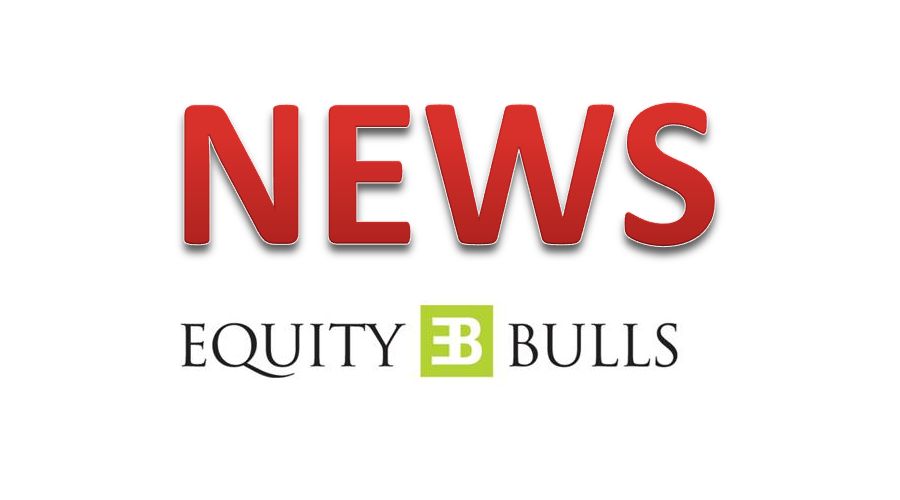 Jaro Education Renews Exclusive Partnership with Symbiosis International Deemed University
Jaro Education Renews Exclusive Partnership with Symbiosis International Deemed University Davin Sons Retail Ltd enters into rent agreement for warehouse
Davin Sons Retail Ltd enters into rent agreement for warehouse Bandhan Bank Ltd concludes sale of NPAs and written-off Portfolios to ARCs
Bandhan Bank Ltd concludes sale of NPAs and written-off Portfolios to ARCs Cupid Ltd to set up FMCG Manufacturing Facility in Saudi Arabia
Cupid Ltd to set up FMCG Manufacturing Facility in Saudi Arabia Astal Laboratories Ltd signs LOI with Immuna Therapeutics GmbH
Astal Laboratories Ltd signs LOI with Immuna Therapeutics GmbH
Research
AU Small Finance Bank - Business normalcy likely to return in FY22E; proforma GNPL peaks out at current level - ICICI Securities
Posted On : 2021-01-31 12:52:43( TIMEZONE : IST )

AU SFB's (AU) Q3FY21 commentary suggests that it is set to paddle the growth cycle from Q4FY21E onwards, deriving comfort from collection efficiencies and activation rates reaching pre-Covid level across most segments. Management indicated it fast-tracked NPL recognition in Q3FY21 with proforma GNPL touching 3.4% and believes Covid-related stress has peaked out at current levels. While collections are already at the pre-Covid level of 96%, AU utilised gain from Aavas divestment to shore up its contingency buffer, which now stands at Rs3.9bn or 130bps of loans and will cushion earnings in coming quarters. Liability franchise continued to strengthen as seen in 11% QoQ growth in deposits and CASA ratio improving to 22% with steady reduction in cost of funds. Launch of credit card by Q4FY21-end and focus on building one of the best digital payment ecosystems is likely to improve stickiness of customers and diversify the fee income pool. Maintain ADD.
- 9MFY21 financial performance reflects AU's business resilience. AU's core operating performance during 9MFY21 remains best in class and justifies the premium valuation it commands over peers. PAT (adjusted for Aavas gain) grew by 15% in 9MFY21, the most challenging nine months for any financier, which reflects its resilient business model and agility to deal with challenging events. Further, management in its commentary clearly highlighted that Covid-related stress peaked out in Dec'20 (proforma GNPL at ~3.4%) and it is adequately provided for with ~60%+ coverage on proforma GNPL. We also note AU's focus on investing in the future with launch of credit cards, digital payment ecosystem, etc., especially at a time when most financiers are still grappling with asset quality. Key risks: a) stress unfolding higher than anticipated, and b) delay in loan growth recovery.
- Disbursement trend showing encouraging signs, business normalcy to return by FY22E. During Q3FY21, AU disbursed Rs65bn (up 41% YoY) across products with higher disbursement in retail segment and calibrated lending in sectors like NBFC, REG, etc. With collection and customer activation rate returning to normalcy and improved asset quality outlook, it expects business momentum and, most importantly, credit cost to start normalising from Q4FY21E.
- Liability franchise shaping up well. Concentrated efforts on building granular deposit base with shift in sourcing strategy from mass to quality, coupled with its robust digital platform, helped deliver strong 20% QoQ growth in CASA deposits. Further, the share of retail deposits increased to 55% vs 41% in Q2FY20. To further strengthen its liability muscle, AU segregated the liability vertical into core and urban markets with aspirations to be a dominant player in the core market by leveraging its strong asset franchise.
- Portfolio behaviour better than expected. AU once again showed its asset-side resilience with Dec'20 collection efficiency touching a pre-Covid level of ~103% and customer activation rate of 84% vs 80% pre-Covid. It restructured Rs2.5bn (0.8% of gross advances), mainly in the bus and taxi (within wheels) and schools, apparels (within SBL) and expects the total restructured pool to remain at ~1.5% -- inclusive of any fresh restructuring that it may undertake in Q4FY21E.
Shares of AU Small Finance Bank Ltd was last trading in BSE at Rs.873.05 as compared to the previous close of Rs. 869.45. The total number of shares traded during the day was 17448 in over 1265 trades.
The stock hit an intraday high of Rs. 890 and intraday low of 863. The net turnover during the day was Rs. 15237126.
